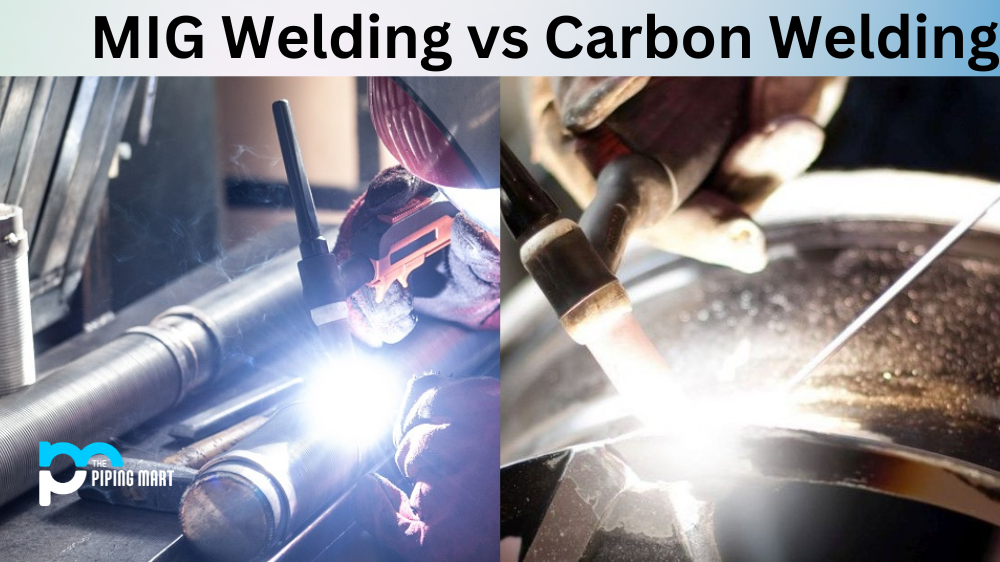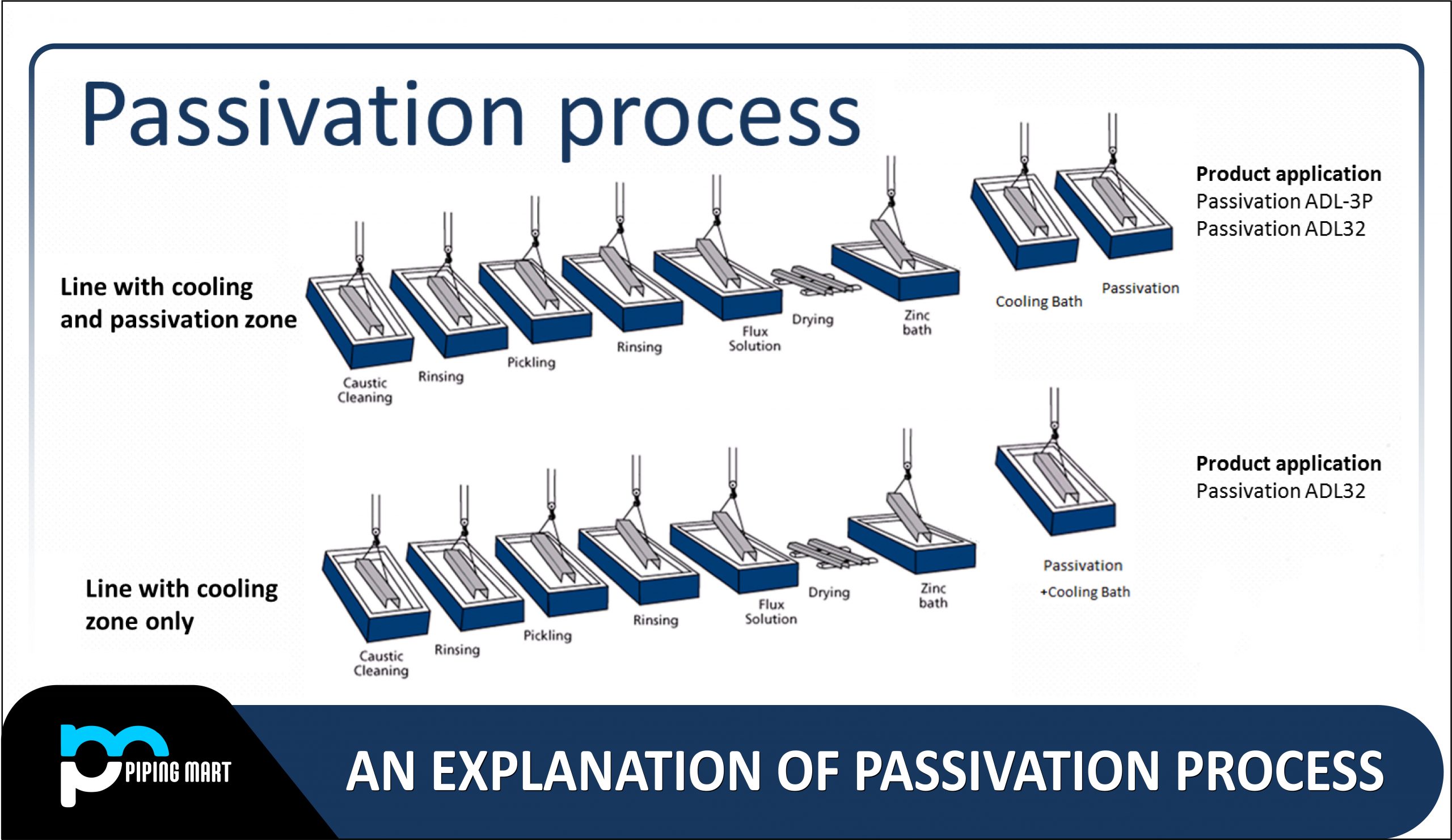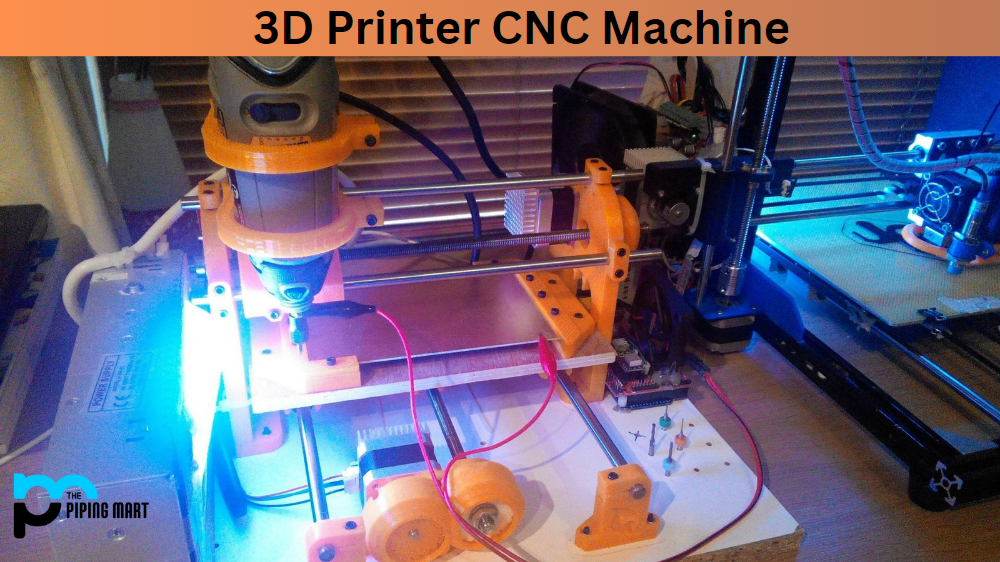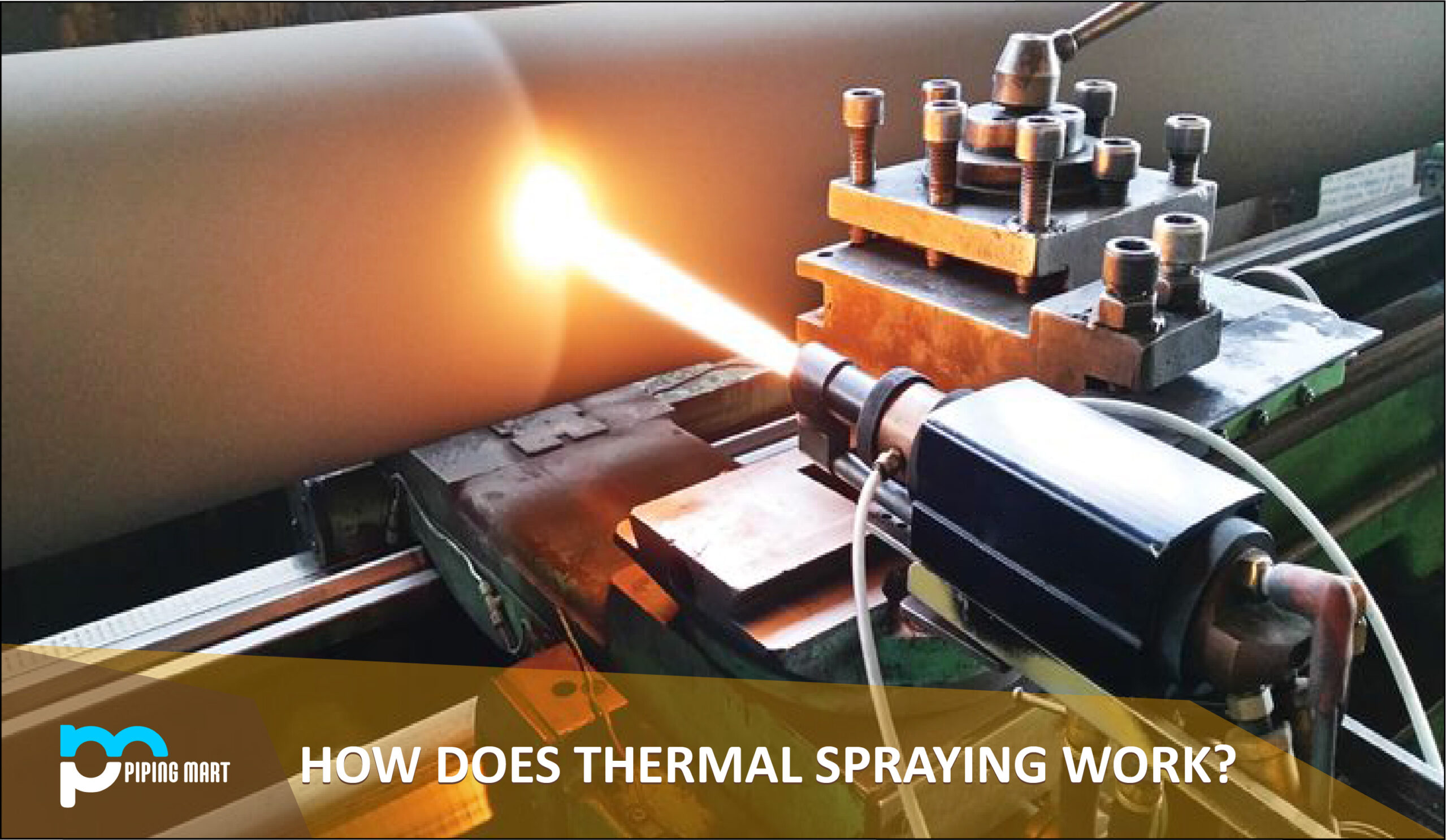If you need to weld two pieces of metal together, there are two primary types of welding you should consider: MIG welding and carbon arc welding. Both are effective, but they involve different techniques and require different levels of skill. Let’s take a look at the differences between these two methods.
Difference Between MIG Welding and Carbon Arc Welding
MIG (Metal Inert Gas) welding is a type of arc welding that uses an electric current to heat up the metal being welded. The wire electrode is fed through a spool gun or torch, creating an electrical arc between the wire electrode and the base material, which melts the metals together. This type of welding is relatively easy to learn—even beginners can pick it up in no time—and it’s ideal for home DIY projects or for small-scale production work. The downside is that it requires a lot of power and can be expensive to set up initially.
On the other hand, carbon arc welding (also known as manual metal arc or MMA) is a type of stick welding that uses an electric current to form an arc between a consumable electrode (usually made from carbon or graphite) and the base material being welded. It’s a more complicated process than MIG welding, as it requires more skill and technique to control the arc without damaging either the electrode or the base material being welded. It’s best suited for larger projects where precision isn’t as important, such as construction work or repair jobs on heavy machinery. However, it’s much cheaper than MIG welding in terms of initial setup costs, so if you have access to all the necessary equipment, it might be more cost-effective in some cases.
Advantages of MIG Welding
There are several advantages to MIG welding over carbon welding. One advantage is that MIG welding is generally faster than carbon welding, as the arc can travel at a higher speed. Additionally, MIG welding produces less smoke and fumes than carbon welding, making it safer for the welder and those nearby. Finally, MIG welds tend to be stronger and more aesthetically pleasing than carbon welds.
Advantages of Carbon Welding
There are several advantages to carbon welding over MIG welding. One advantage is that carbon welding can be used on a wider range of materials, including metals that are difficult to weld with an arc. Additionally, carbon welds tend to be stronger than MIG welds. Finally, carbon welds can be less expensive than MIG welds as they do not require special equipment or gas.
Disadvantages of MIG Welding
There are some disadvantages to MIG welding when compared to carbon welding. One disadvantage is that MIG welders require special equipment that can be expensive, such as a power source and gas tank. Additionally, MIG welders tend to produce more sparks and fumes than carbon welders, making them more dangerous for the welder and those nearby. Finally, MIG welds can be more difficult to control than carbon welds.
Disadvantages of Carbon Welding
There are some disadvantages to carbon welding when compared to MIG welding. One disadvantage is that it can be more difficult to learn how to properly use a flame than an arc. Additionally, carbon welders require special equipment that can be expensive, such as an oxygen tank and acetylene torch. Finally, carbon welds tend to produce more smoke and fumes than MIG.
Conclusion:
When deciding whether to use MIG or carbon arc welding for your project, there are several factors you should consider. Think about how large your project is; if it’s small enough, then MIG might be better suited due to its lower setup costs and ease of use. If your project involves joining very thick pieces of metal, then you might want to opt for carbon arc because it’s better suited for large-scale projects like construction work or repairs on heavy machinery. Ultimately though, both techniques are effective at what they do, so it just depends on your individual needs! For metal workers and welding beginners alike, understanding both techniques will help them make informed decisions about which method is best for their project needs.

Abhishek is a seasoned blogger and industry expert, sharing his insights and knowledge on various topics. With his research, Abhishek offers valuable insights and tips for professionals and enthusiasts. Follow him for expert advice on the latest trends and developments in the metal industry.




